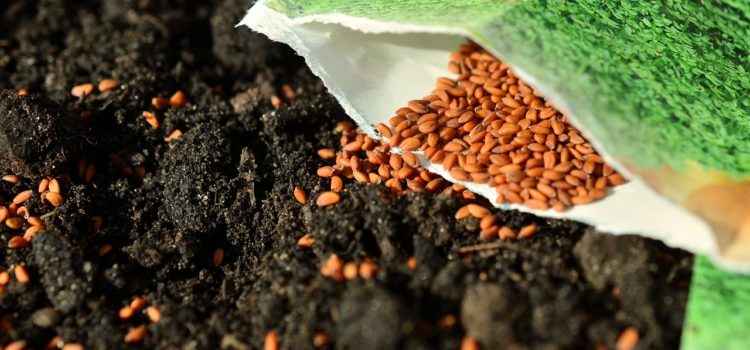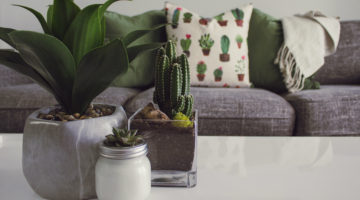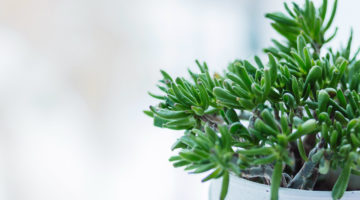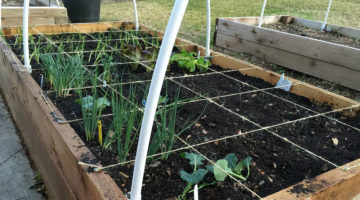Seed packaging has many directions and instructions on it, which may seem a bit overwhelming and incompressible at first. But when you get to understand them, these instructions are extremely helpful and provide all information you would ever need about growing and cultivating plants. And if you understand what the information on the seed packets means you can use it to your advantage when planning your home garden.
Firstly, on the front of the seed packets, you will find a description of the plant. Every seed packet has plants common name and Latin name on it. In addition, along with plants name it also should mention whether its annual, biennial or perennial plant, determining for how many seasons plant will live. Vegetable seed packets will have annual seeds, because they grow quickly, can be harvested fast and most of them are annual plants. But flower seed packets mostly contain biennial or perennial seeds, because they live through several seasons. Also, you should look for the packing date of the seed packets. Some seeds stay viable for several years while other seeds stay good only for a year or two after being harvested. Of course, also storage of seeds will determine how long they will stay viable if you have a seed which can be kept for four years but you don’t take good care of it after a year it won’t be viable anymore.
On the back of the seed packets on the seed packaging, you should find a description on how to plant certain seeds, information about plant preferences and cultivating tips. You should find information about whether seeds should be directly planted outside or they need to be started inside. Plants that usually need to be planted outside are the ones who need low temperatures to germinate or do not like being interrupted by replanting. However, plants who need to be started inside need high temperatures in order to germinate. Also, you will find information about whether the plant likes shade or direct sunlight. For many plants, it’s crucial to be receiving the right amount of sunlight to be healthy. Also, it should be mention how often the plant needs to be watered and when it likes to be fertilized, and any specific information about cultivating of the plant.
What else can be found on seed packets?
Nevertheless, there should be also information about how deep in the soil seeds should be buried. For larger plants, for example, sunflowers and larger bushes, seeds need to buried deeper, than, for example, carrots. Some seeds need to be sprinkled on top of the soil and gently pressed in. The right spacing between seeds will also be determined on the seed package. It is needed so that plants have enough space to grow in between them and that they don’t suppress each other.
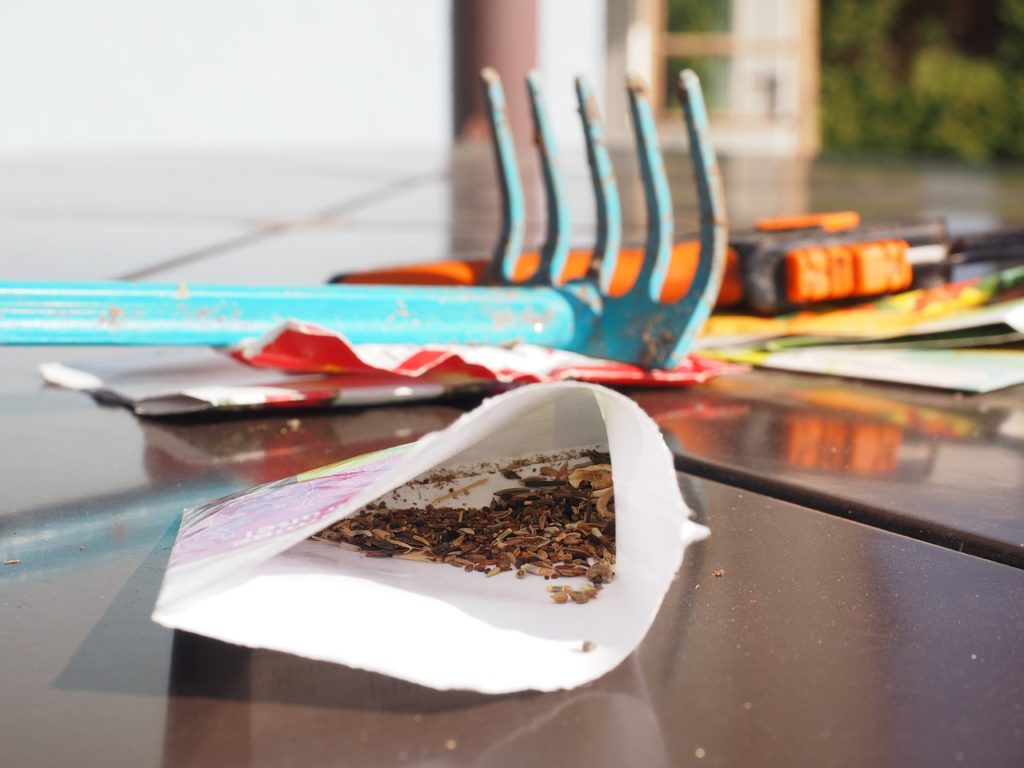 You should also find information about how long it will take the seed to germinate. This will tell the approximate date when your plant will start to sprout and you will start seeing some changes. If significant time has passed after germination date and you cannot see any small sprouts coming from soil you can replant the seeds because most likely seed has not germinated and will not be growing into a plant. And useful information about already grown plants can be found on seed packets. For example, information about growing height of a plant, which will help you in planning your garden. Because taller plants can overshadow shorter plants, denying enough sunlight for them. And information about harvesting days can also be found. It indicated when your plant will be ready to start producing fruits.
You should also find information about how long it will take the seed to germinate. This will tell the approximate date when your plant will start to sprout and you will start seeing some changes. If significant time has passed after germination date and you cannot see any small sprouts coming from soil you can replant the seeds because most likely seed has not germinated and will not be growing into a plant. And useful information about already grown plants can be found on seed packets. For example, information about growing height of a plant, which will help you in planning your garden. Because taller plants can overshadow shorter plants, denying enough sunlight for them. And information about harvesting days can also be found. It indicated when your plant will be ready to start producing fruits.
Overall seed packets are a great source of information, with all necessary tips and instructions of how to properly plant seeds, how to cultivate plant and keep it healthy and growing. Some seed packets have more information that others, but all of them will provide you with basic instruction.

